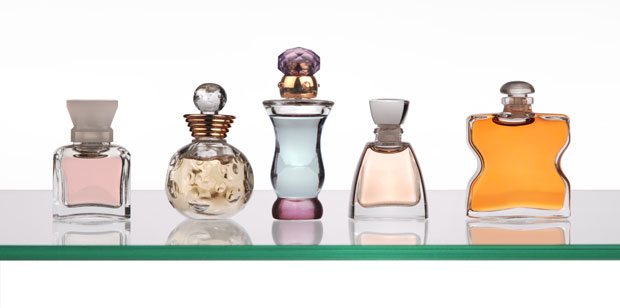Scientists seek to classify and catalog the vast world of microbes through genome-sequencing– the microbiology world is set to make huge forays in the near future
By Alanna Brown, LuxEco Editorial Assistant
“Microbe” is rooted in the Greek words “mikros”, meaning small, and “bios”, meaning life. Microbe: small life.
Microbes are so infinitesimal that they are only visible through a microscope. What is interesting and paradoxical about this is that many of these small lives combined, as they usually are, become a force to be reckoned with. Neither the matter of disease nor that of general human health are minor issues and, ironically, the microbe is largely responsible for both. Its tiny existence manifests most commonly in the form of bacteria, fungi, and protozoan parasites, which inhabit the soil, air, and sea…and the human body. In fact, for every 1 human cell in our bodies, there are 10 microbial cells accounted for. Every 1 human gene has as many as 1,000 genes as its microbial counterpart.
We are swimming, breathing, eating, living in, on, and around these constant microbes. This same article goes on to say, “The only time in our lives when we are microbe-free is the nine months we spend in the womb. Then, bam! We are thrust into the world of germs.”
Scientists with the National Institutes of Health are on a mission—being called the Human Microbiome Project—to find out what these microbes do exactly. Which ones are fighting for or against us, and how might they have the potential to counteract disease? The ultimate goal of the NIH team is to assign genetic sequencing to 900 microbes. So far, they have successfully sequenced 178 of them, discovering 500,000 new genes in the process.
A related article discusses how this project, at its pinnacle of triumph, would bring about a change of treatment to fight the disease-causing microbes and to utilize the beneficial ones “much as probiotic yogurt helps to regulate digestion.”
NIH team member Jane Peterson has said, in regard to identifying and sequencing these microbes, “…this is one of the most exciting projects I have worked on. It really is the unknown.”
Take a closer look at National Institutes of Health’s efforts to topple the microbe challenge.















